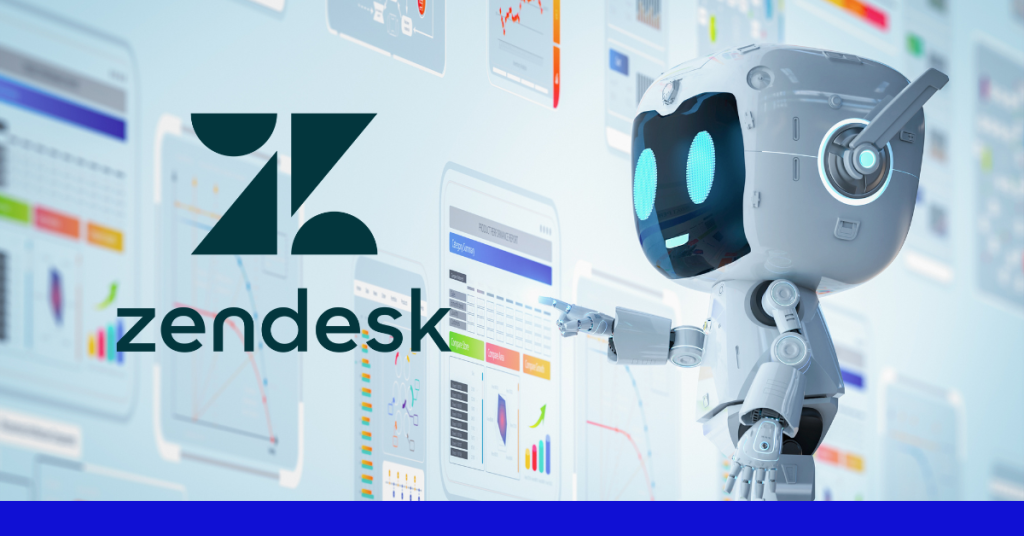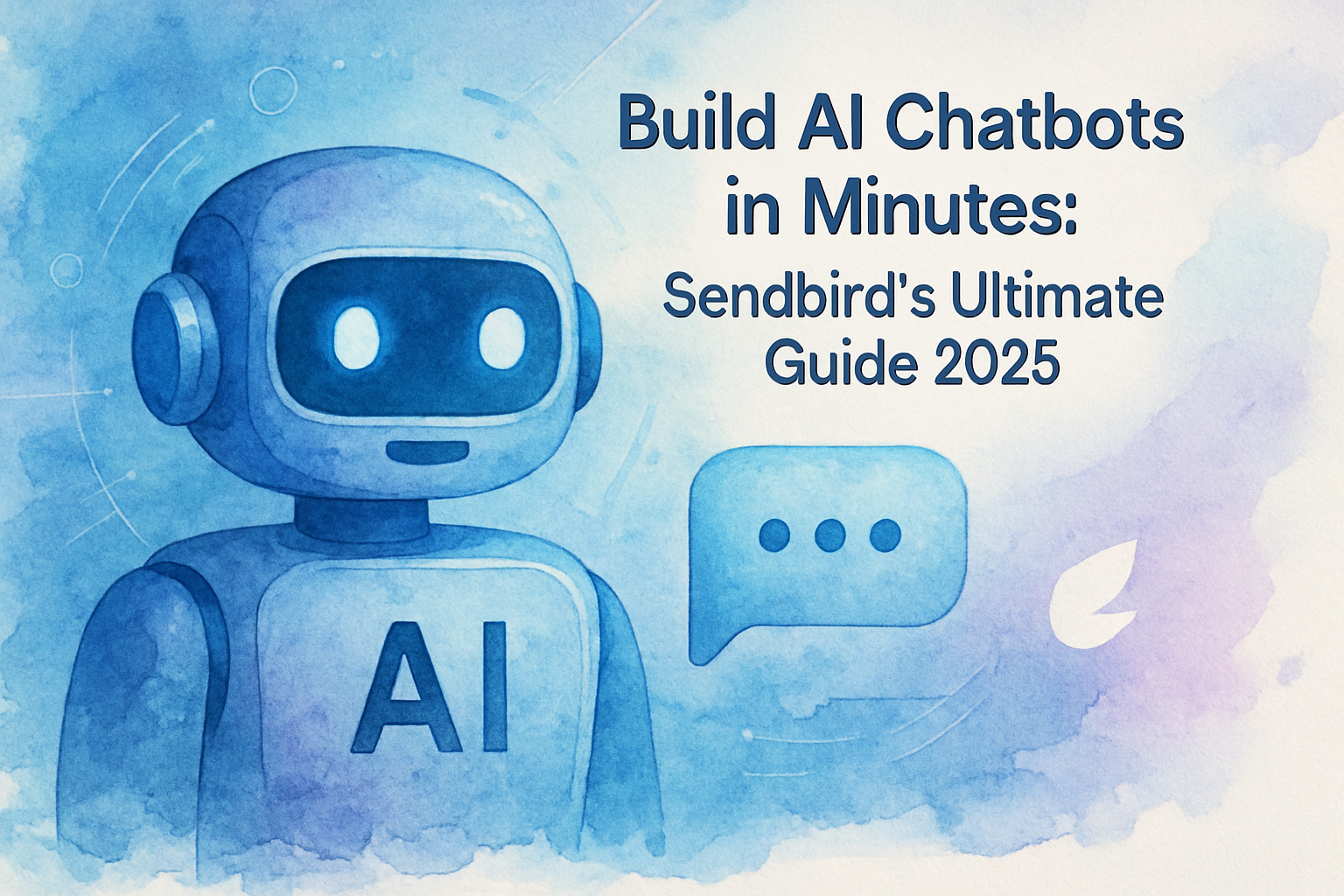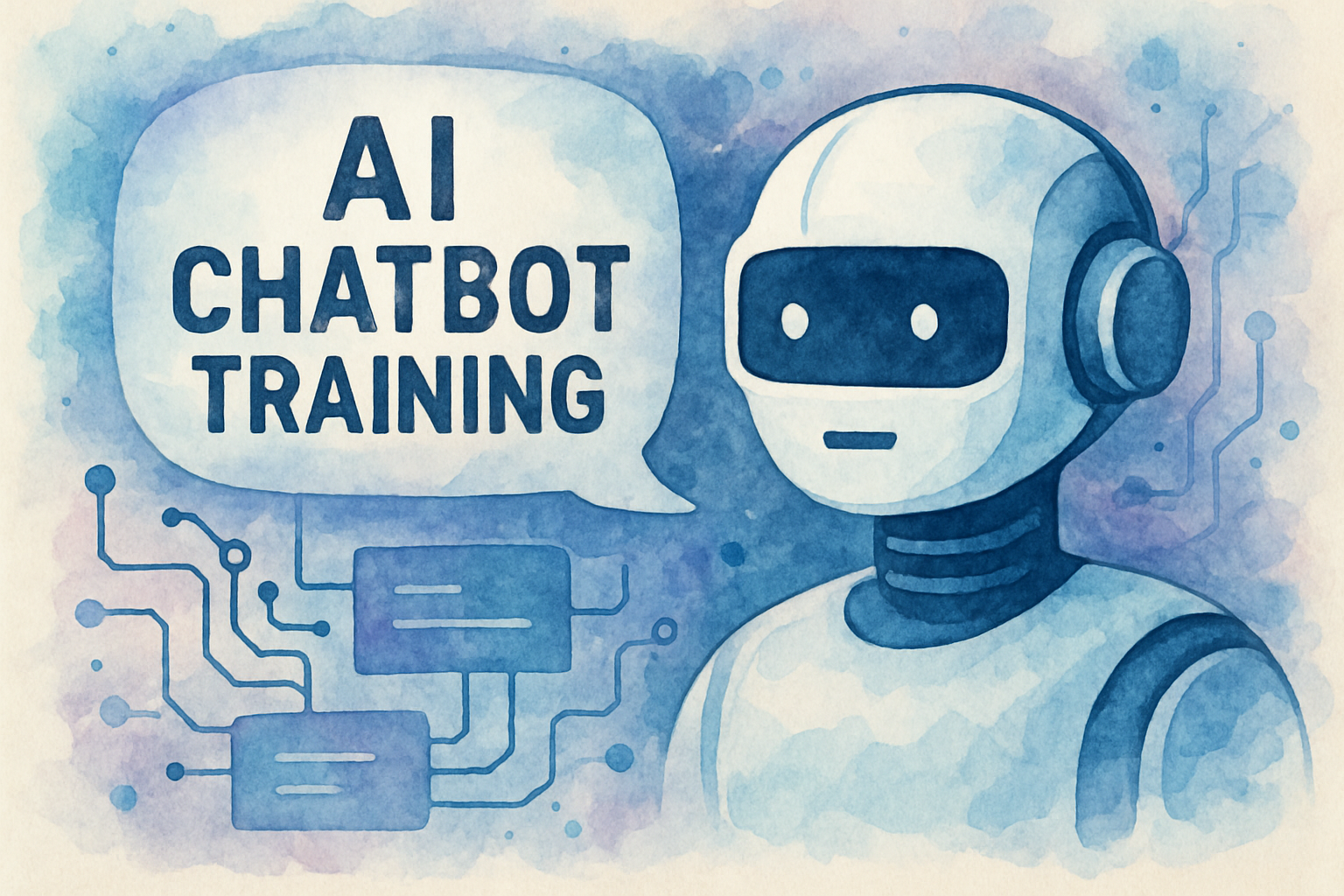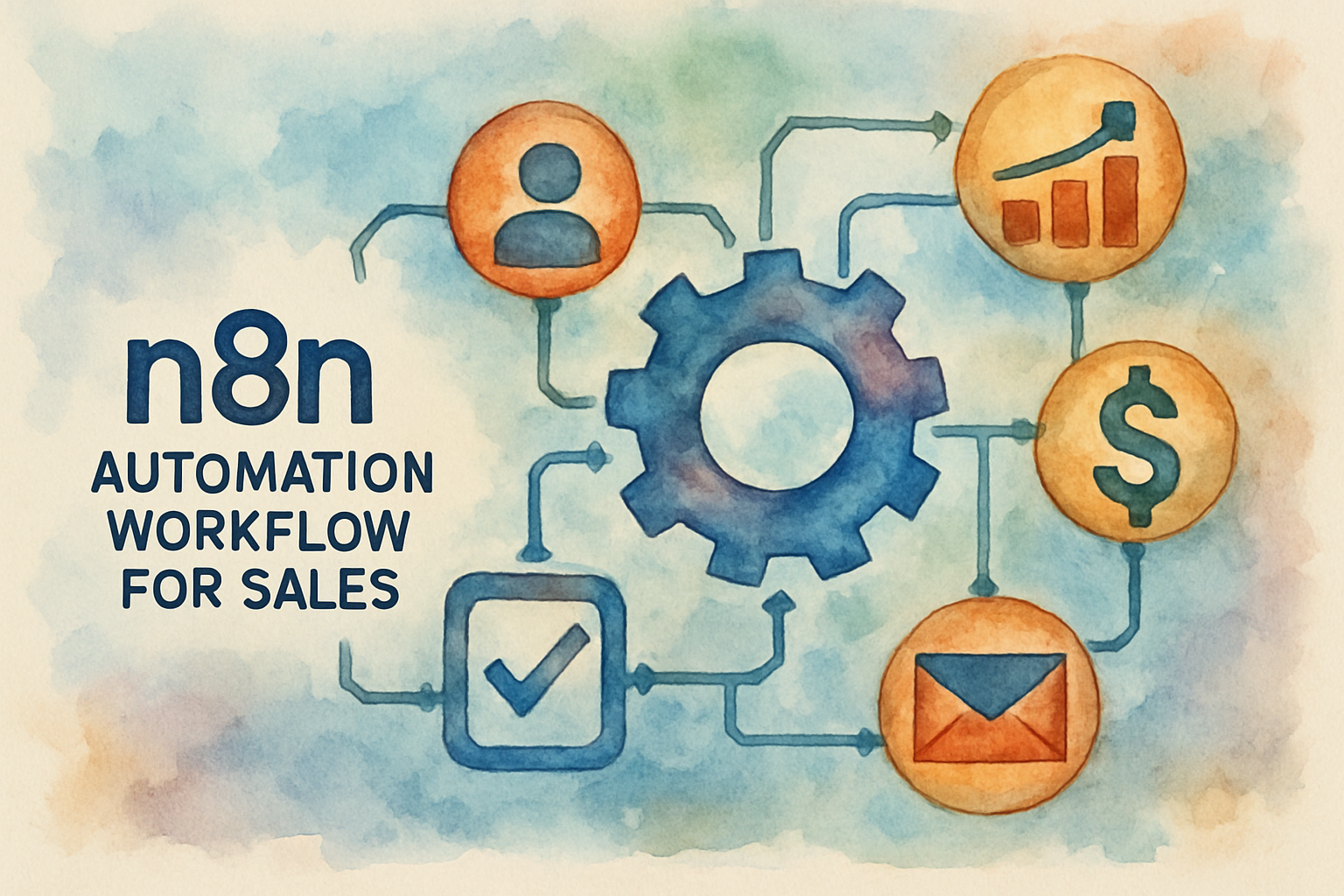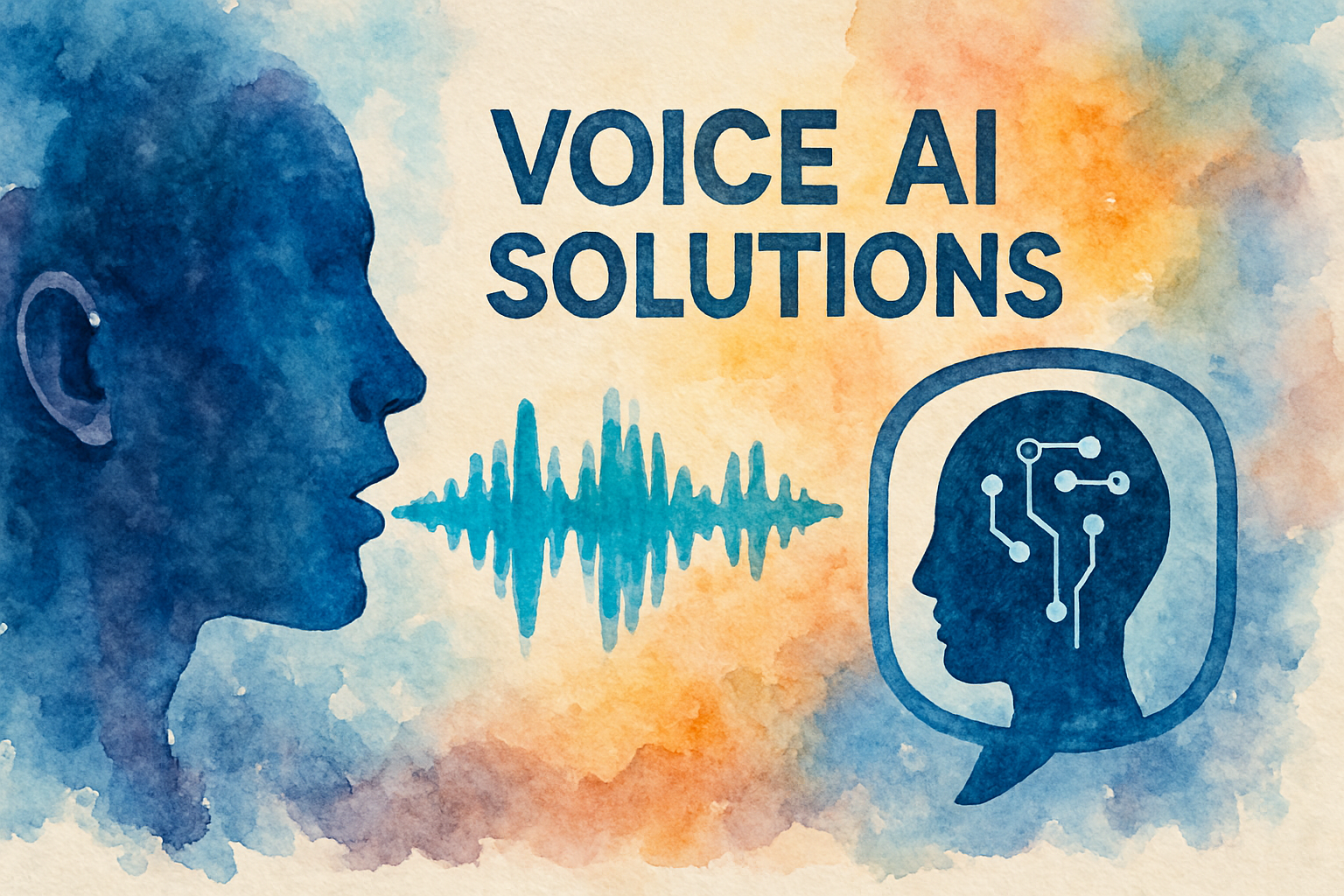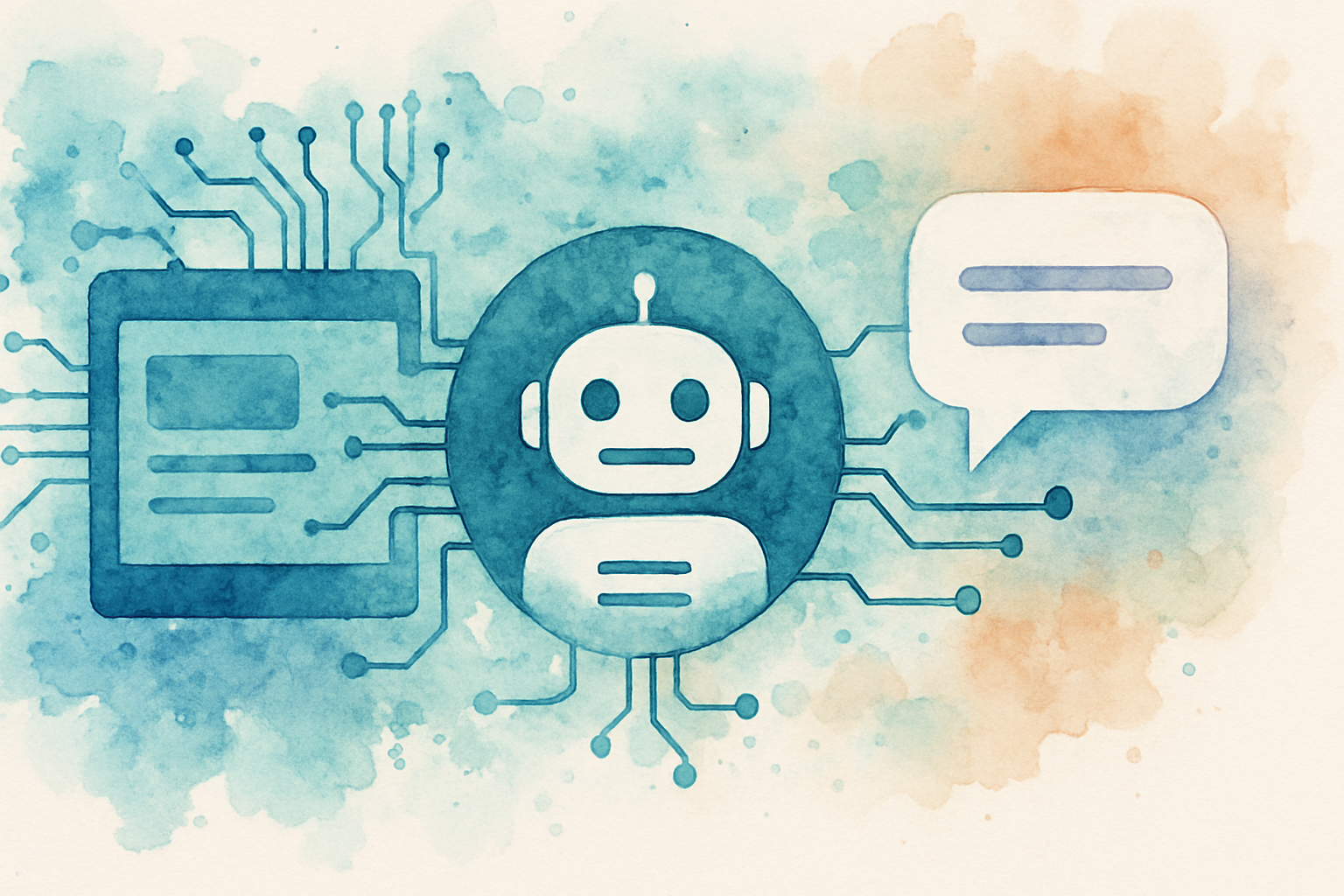Transform Your Customer Service: The Complete Guide to Zendesk AI Chatbots in 2025
In today’s fast-paced digital landscape, businesses are racing to deliver exceptional customer service whilst managing costs and efficiency. AI chatbots for Zendesk have emerged as a game-changing solution, revolutionising how companies handle customer inquiries and support requests. This comprehensive guide explores everything you need to know about implementing AI chatbots within your Zendesk ecosystem.
What Are AI Chatbots and Why Zendesk Integration Matters
AI chatbots are sophisticated conversational agents powered by artificial intelligence that can understand, process, and respond to customer queries in natural language. When integrated with Zendesk’s customer service platform, these chatbots become powerful tools that can handle routine inquiries, escalate complex issues to human agents, and provide 24/7 customer support.
The integration between AI chatbots and Zendesk creates a seamless workflow where automated responses handle initial customer interactions, whilst more complex issues are intelligently routed to appropriate human agents with full context and conversation history.
The Current State of Customer Service Automation
Recent studies indicate that 67% of customers expect immediate responses to their inquiries, yet traditional customer service models struggle to meet these expectations cost-effectively. AI chatbots bridge this gap by providing instant responses whilst maintaining the quality and personalisation that customers demand.
Key Benefits of Implementing AI Chatbots in Zendesk
1. 24/7 Customer Support Availability
Unlike human agents, AI chatbots never sleep. They provide round-the-clock customer support, ensuring that your customers receive assistance regardless of time zones or business hours. This is particularly valuable for businesses with global customer bases or those operating in multiple markets.
2. Significant Cost Reduction
Implementing AI chatbots can reduce customer service costs by up to 30-50% according to industry research. By automating routine inquiries such as order status checks, FAQ responses, and basic troubleshooting, businesses can allocate human agents to more complex, high-value interactions.
3. Improved Response Times and Customer Satisfaction
AI chatbots can respond to customer inquiries instantaneously, dramatically reducing wait times. This immediate response capability often leads to higher customer satisfaction scores and improved Net Promoter Scores (NPS).
4. Scalability During Peak Periods
During high-traffic periods, such as Black Friday sales or product launches, AI chatbots can handle thousands of simultaneous conversations without degradation in service quality. This scalability ensures consistent customer experience even during demand spikes.
5. Data Collection and Insights
AI chatbots continuously collect valuable customer data, including common pain points, frequently asked questions, and customer behaviour patterns. This information can inform product development, marketing strategies, and service improvements.
Popular AI Chatbot Solutions for Zendesk Integration
Answer Bot by Zendesk
Zendesk’s native AI solution, Answer Bot, leverages machine learning to suggest relevant help articles and automate responses to common customer inquiries. It integrates seamlessly with existing Zendesk workflows and continuously improves through interaction data.
Key Features:
- Natural language processing capabilities
- Automatic article suggestions
- Seamless escalation to human agents
- Multi-language support
- Integration with Zendesk’s knowledge base
Third-Party AI Chatbot Platforms
Several robust third-party solutions integrate excellently with Zendesk:
Intercom’s Resolution Bot: Offers advanced conversational AI with sophisticated routing capabilities and custom workflows.
Ada’s Customer Service AI: Provides industry-specific chatbot solutions with deep Zendesk integration and advanced analytics.
IBM Watson Assistant: Delivers enterprise-grade AI capabilities with extensive customisation options and robust API connectivity.
Microsoft Bot Framework: Offers flexible development options for businesses requiring highly customised chatbot solutions.
Step-by-Step Implementation Guide
Phase 1: Planning and Strategy Development
Before implementing any AI chatbot solution, conduct a thorough analysis of your current customer service operations:
- Identify Common Inquiry Types: Analyse your existing Zendesk tickets to identify the most frequent customer inquiries
- Define Success Metrics: Establish clear KPIs such as response time reduction, ticket deflection rates, and customer satisfaction scores
- Map Customer Journey: Understand your typical customer interaction patterns and identify optimal chatbot intervention points
Phase 2: Platform Selection and Configuration
Choose the appropriate AI chatbot solution based on your specific requirements:
- Evaluate Integration Capabilities: Ensure the chosen platform offers robust Zendesk API integration
- Consider Customisation Needs: Assess whether you require custom workflows or industry-specific functionality
- Review Pricing Models: Compare subscription costs, usage-based pricing, and implementation fees
Phase 3: Content Development and Training
Develop comprehensive chatbot knowledge bases and conversation flows:
- Create Conversation Scripts: Develop natural, helpful responses for common scenarios
- Build Knowledge Base: Populate the chatbot with relevant information from your existing Zendesk articles
- Design Escalation Triggers: Define clear criteria for when conversations should transfer to human agents
Phase 4: Testing and Optimisation
Thoroughly test your chatbot implementation before full deployment:
- Conduct Beta Testing: Run limited trials with internal teams or select customers
- Analyse Performance Metrics: Monitor response accuracy, customer satisfaction, and escalation rates
- Refine Responses: Continuously improve chatbot responses based on testing feedback
Best Practices for AI Chatbot Success
Maintain Human Touch Points
While AI chatbots excel at handling routine inquiries, complex issues requiring empathy, creativity, or nuanced problem-solving still require human intervention. Design your chatbot to recognise these situations and seamlessly transfer conversations to appropriate human agents.
Continuous Learning and Improvement
AI chatbots improve through data and feedback. Regularly review chatbot interactions, identify areas for improvement, and update responses based on customer feedback and changing business needs.
Transparent Communication
Always inform customers when they’re interacting with an AI chatbot. Transparency builds trust and sets appropriate expectations for the interaction.
Multi-Channel Consistency
Ensure your AI chatbot provides consistent information across all customer touchpoints, including website chat, social media, and mobile applications.
Measuring ROI and Success Metrics
Key Performance Indicators (KPIs)
Track these essential metrics to measure your AI chatbot’s effectiveness:
Resolution Rate: Percentage of inquiries fully resolved by the chatbot without human intervention
Customer Satisfaction Score (CSAT): Customer feedback ratings for chatbot interactions
Average Response Time: Time between customer inquiry and initial chatbot response
Escalation Rate: Percentage of conversations transferred to human agents
Cost Per Contact: Total support costs divided by number of customer interactions
Advanced Analytics
Utilise Zendesk’s reporting capabilities alongside your chatbot platform’s analytics to gain deeper insights:
- Conversation Flow Analysis: Identify where customers typically exit chatbot conversations
- Topic Trending: Monitor emerging customer inquiry patterns
- Agent Productivity Impact: Measure how chatbots affect human agent workload and efficiency
Industry-Specific Applications
E-commerce and Retail
AI chatbots excel in retail environments by handling:
- Order status inquiries
- Return and refund requests
- Product recommendations
- Shipping information
- Size and fit guidance
SaaS and Technology
Technology companies benefit from AI chatbots managing:
- Technical troubleshooting guides
- Account management tasks
- Feature explanations
- Billing inquiries
- Onboarding assistance
Financial Services
Financial institutions use AI chatbots for:
- Account balance inquiries
- Transaction history requests
- Basic financial advice
- Fraud reporting
- Service applications
Future Trends and Innovations
Advanced Natural Language Processing
Next-generation AI chatbots will feature more sophisticated language understanding, enabling more natural and context-aware conversations.
Predictive Customer Service
AI chatbots will increasingly anticipate customer needs based on historical data and proactive engagement patterns.
Voice Integration
Voice-enabled chatbots will become more prevalent, offering customers multiple interaction modalities within the Zendesk ecosystem.
Emotional Intelligence
Future AI chatbots will better recognise and respond to customer emotions, providing more empathetic and personalised support experiences.
Common Implementation Challenges and Solutions
Challenge: Low Customer Adoption
Solution: Ensure your chatbot provides immediate value through quick, accurate responses. Prominently display the chatbot option and clearly communicate its capabilities.
Challenge: High Escalation Rates
Solution: Continuously refine your chatbot’s knowledge base and improve conversation flows based on escalation patterns.
Challenge: Integration Complexity
Solution: Work with experienced implementation partners and leverage Zendesk’s extensive API documentation and support resources.
Conclusion: Maximising Your Zendesk AI Chatbot Investment
Implementing AI chatbots within your Zendesk customer service strategy represents a significant opportunity to enhance customer experience whilst optimising operational efficiency. Success requires careful planning, strategic implementation, and ongoing optimisation based on data-driven insights.
The key to maximising your investment lies in viewing AI chatbots not as replacements for human agents, but as powerful tools that enhance your team’s capabilities and extend your service capacity. By following the strategies and best practices outlined in this guide, you can create a chatbot implementation that delivers measurable business value and exceptional customer experiences.
Remember that AI chatbot implementation is an iterative process. Start with clearly defined use cases, measure performance rigorously, and continuously refine your approach based on customer feedback and business outcomes.
Ready to transform your customer service with AI chatbots? Contact our experts to discuss your specific requirements and develop a customised implementation strategy that aligns with your business objectives.

